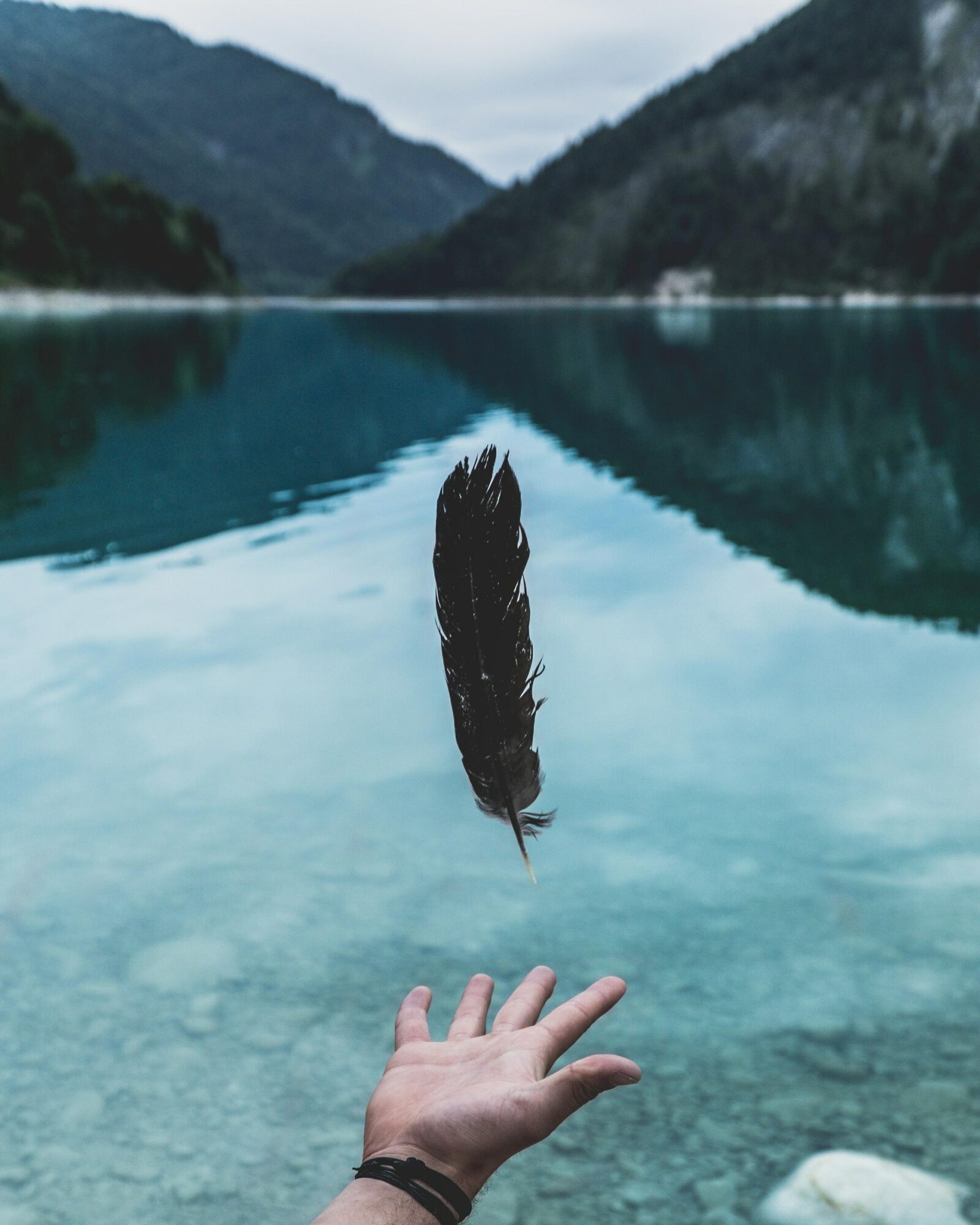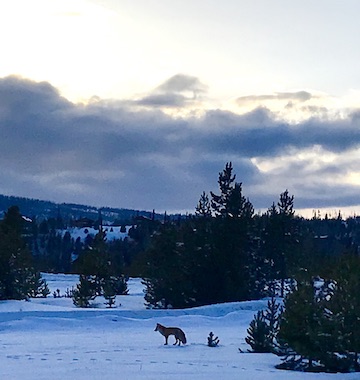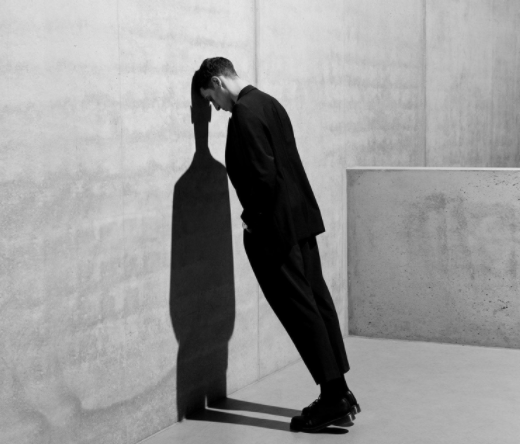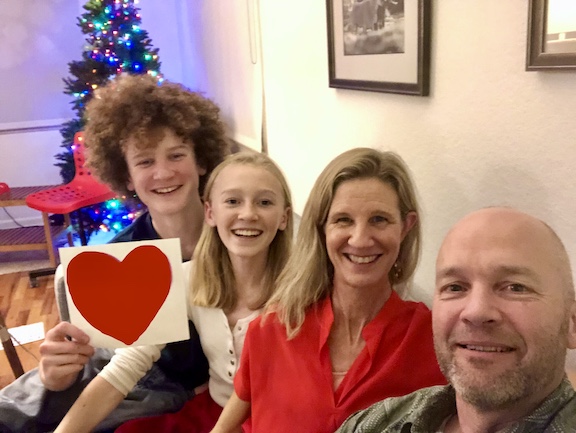My mom is visiting on her annual migration from Mexico to Toronto, by way of Colorado. She lives six months of the year outside Guadalajara, six months in Toronto. Many might think it’s dangerous to live alone, in Mexico, as a single woman in her eighties, but she brushes off their concerns. “People underestimate the people of Mexico. And me.”
To Mom, life is meant to be lived as an adventure, full of discovery and learning.
While I was growing up in Toronto, Mom held an Honors degree in Physical Education. She coached her Track and Field teams to record-breaking victories at the Ontario Provincial finals. (Her way of coaching me was to toss my running shoes outside, then me, and shut the door.)
When Mom was 49, she changed course. She went back to school to get her Masters in Art History. To others, it was an unexpected divergence, but it made sense to her. She loved sports and she also loved Art. Where was the contradiction? Again, life was meant to be lived as an adventure, and one immersed fully in learning and discovery.
When people questioned her decision to switch from what she knew to something new and different, Mom marveled at how people could ignore the gravitational pull of their curiosity. She’d say, “Doesn’t everybody look at a painting and wonder, Who came up with that idea? and What does it say about who we are as humans?” She often took us to the Art Gallery of Ontario in Toronto and had us notice the small details in giant paintings. How many tulips do you count in the bottom right? What else can you learn about it while looking? For Mom, studying Art was the next logical step in a life devoted to discovery.
Each spring, when she arrives at our home in Colorado, we make a new painting to hang on the front wall of our home. It’s kind of a funny thing to do to display Art outside the house, but it makes me happy. I am not a painter, but I love color and paint. Plus it feels good to do something for the sheer delight of it. We include Mom, her grandchildren, and many of the neighborhood kids in the making of the painting. The tradition started when I wanted to paint the whole house a different color and my husband did not. Until we could agree on what to do, he suggested I paint a giant canvas and hang it next to our front door.
Eventually, I let go of the idea of painting our brick house, but we continue to make fresh paintings for the wall out front every season. They are less like paintings and more like posters, with bold blocks of color and almost no shading. Shading takes skill and time, something we don’t have.
It’s raining outside so Mom, my daughter Hazel, and I work on the living room floor. The Brave over Perfect moment here is allowing the painting to be bad. We think of it as play, not product. We have to work fast before the dog walks across the fresh paint. As we paint, we talk. Hazel asks Mom, “What was it like being in your 20s during the 1960s?” Mom responds quickly, “If you remember the 60s, you weren’t there.” She can always make me laugh.
Minutes later, Mom wants to show Hazel a picture of Leonardo DaVinci’s “The Last Supper.” She accidentally types into Google, “DaVinci Last SUMMER.” Google understands what she means and offers up images of the famous painting, but it’s too late. The idea is too absurd. Mom takes hold of it and comes up with different scenarios for DaVinci’s last summer. “Can you imagine DaVinci on the beach, frail in a speedo, ordering his last fruity drink with an umbrella in it?” We get the giggles and can’t stop. We have to put our paintbrushes down.
I’m writing on the cusp of Mother’s day, thinking about the many gifts my mother has given me. Laughter, yes. A love of athletics, literature and Art, yes. But the gift I am most grateful for at the middle place in my life is Mom’s ability to follow her curiosity without concern.
It’s easy for me to be hard on myself when I take the time to paint instead of work or write, for example. I see it as a flaw, like I don’t have the metal it takes to pick one thing and go all the way with it.
My mother doesn’t ruminate or dwell; she prefers to lean toward what is delicious and delightful.
Today, I am choosing to look at life through Mom’s radiant lens. I am crawling around a canvas on the living room floor with my daughter and my mother, wondering what shade of pink to use for clouds at sunset. I want to capture this moment and frame it. I am keenly aware of how precious it is and fleeting. So while I am already on my knees, covered in paint, I bow down in gratitude for the gift of my Mom.
Happy Mother’s Day!!
Love,
Susie










